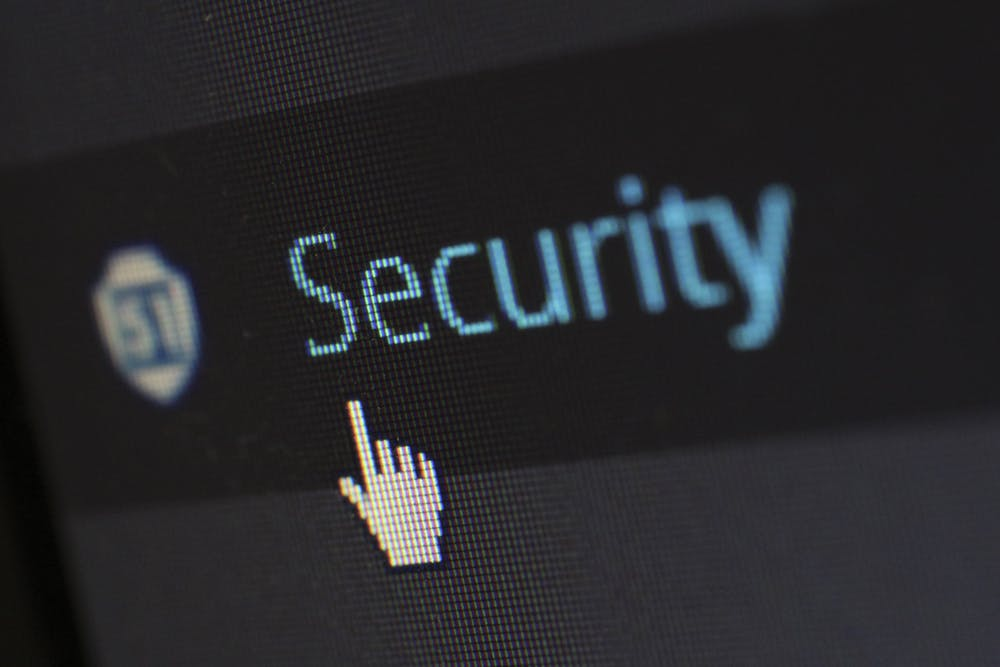2019 is set to be a year defined by many hacker threats, some of which might even become international headlines. A diverse array of developing trends can help to understand how hackers are now operating. From advanced hardware to software connections, to revolutionary AI enhanced cyberattacks, the field of hacking will be forever changed. To the average person, it will be a spectacle straight from science fiction.
Here are some pointers on what to expect in cybersecurity this 2019 and later.
IoT (Internet of Things):
IoT is destined to become one of the most important technical achievements in the digital age. The ability to connect thousands of pieces of physical hardware to personal devices will usher in a new era of technological progress. Smart door locks, remote access android programs, and health monitoring devices will drastically improve efficiency and the ease of living. However, there are also numerous security risks inherent with IoT. It is already vulnerable to malware, and malicious codes will continue to improve in the future. This year, experts warn that routers and security cameras are at particular risk and that new attacks will encompass numerous types of hardware.
To help prevent a security disaster, IT systems should be extensively analyzed for any potential weaknesses.

Phishing:
Most of us are aware of the standard e-mail phishing scam and have thankfully become more prepared for the tactic. These days, however, criminals are moving away from the general consumer in favor of targeting business accounts, which guarantee a much higher payday. To effectively deceive these people, each attack is specifically tailored to the individual.
Multi-factor Authentication:
An effective countermeasure to hackers, multi-factor authentication will add more than one layer of security to safeguard our digital data. SIM swap fraud and porting fraud, where hackers use your phone number to steal passcodes, has led to cooperation between mobile networks and businesses. This has enabled instantaneous awareness of when such an attack has been carried out and is used to further improve multi-factor authentication.
AI Cyberattacks:
Cybercriminals are carefully studying improvements in AI for anything that may be useful in their endeavors. AI-powered malware will soon be a new breed of threat, able to infiltrate security and then remain undetected, all the while stealing confidential user information. The AI will dynamically adapt when in the system, spreading viruses to vital parts of the system.
The Cloud:
Many companies make the assumption that cloud services are inherently safer for storing data as compared to traditional file storage methods. However, it is, in fact, necessary for businesses to take additional measures to protect cloud data.
Automated moderation can identify customer misconfiguration, wrong credentials or insider theft. The threats faced here are largely internal, and not so much on the provider's end. By ensuring only correct data is uploaded to the cloud, companies will prevent data breaches from affecting other access points.
Software Vulnerabilities:
Most businesses use a wide variety of software, including e-mail, productivity trackers, and instant messaging. In 2019, major attacks will be launched targeting design flaws in these programs. These holes are much harder to plug than simple bugs in the code so software security teams will need to extensively review their services for potential exploitation.

If companies want to keep consumer and their own data safe from hacking attempts, they will need to step up security on all fronts. Their software needs to be vetted for hacking opportunities, and insider operations must be countered by employing moderator to approve data uploads. Globally, the average data breach cost is now four million dollars, an encouraging fact for companies to treat data security as the serious matter it is.
0 Comment(s)